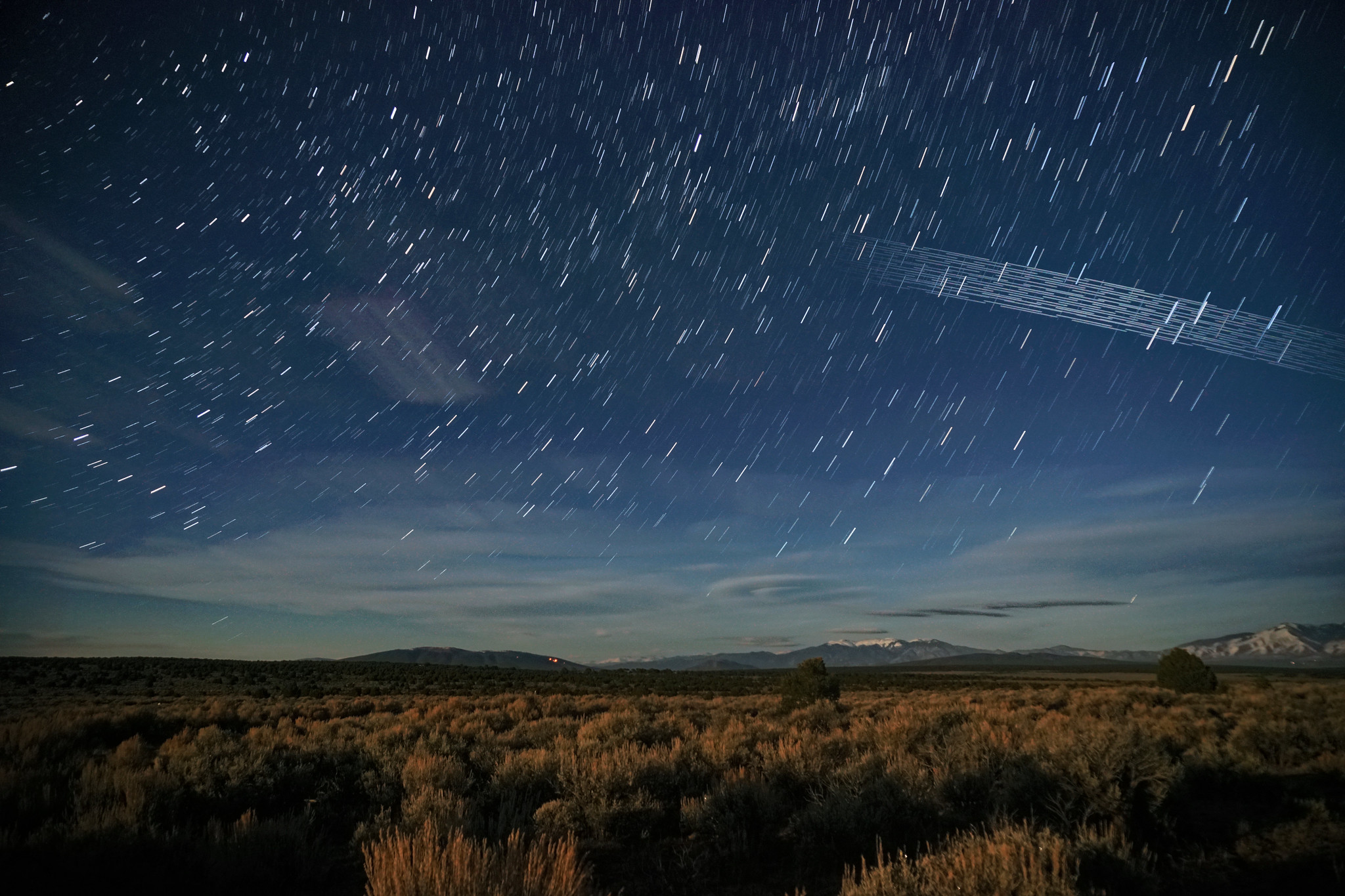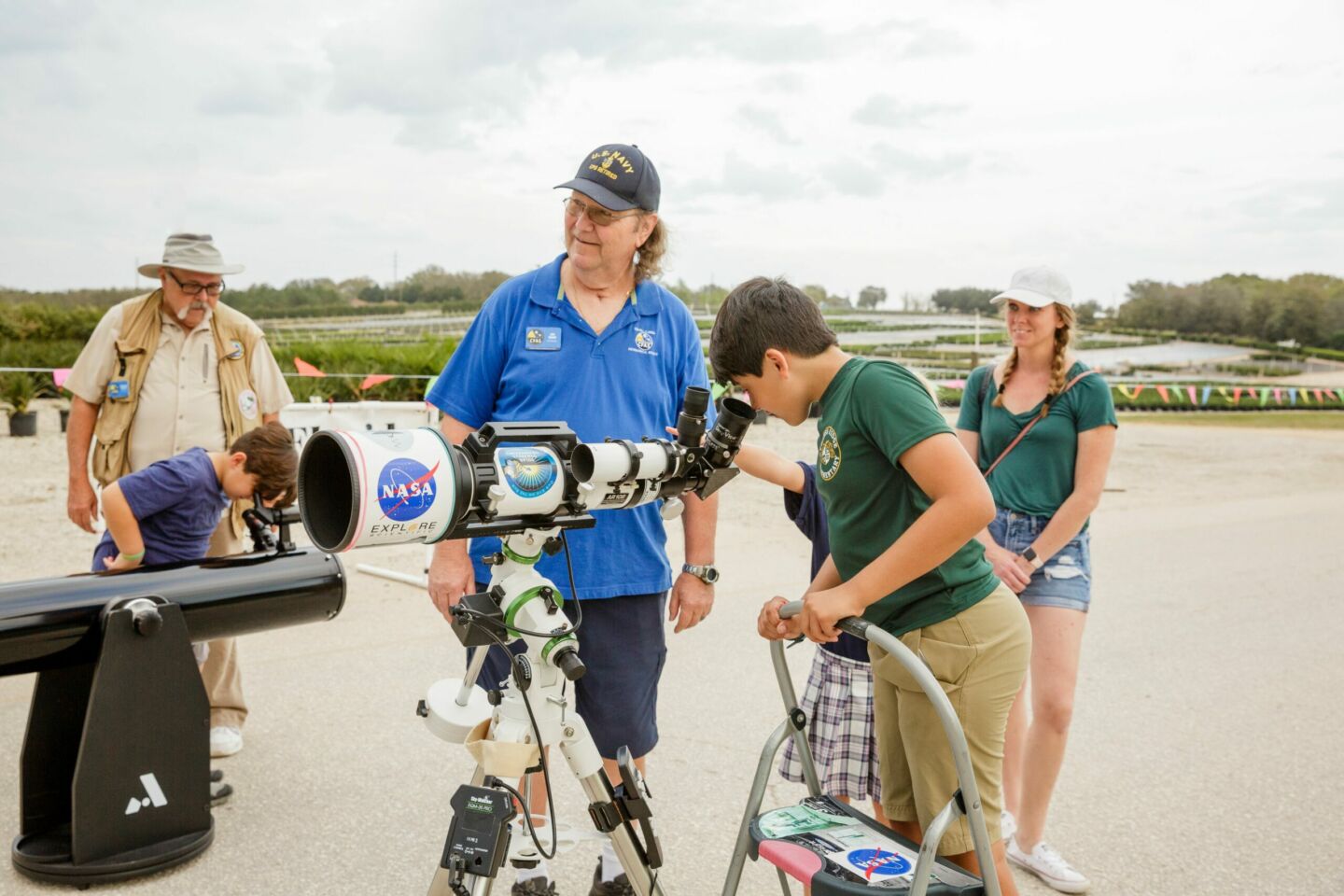
Comprehensive Report on Satellite Constellations Finds that Astrophotography will be Severely Affected

By: Ruskin Hartley and John Barentine
Last summer, a new phenomenon startled night-sky watchers everywhere: for the first few weeks of their operation, Starlink satellites appeared as a group of objects orbiting together, a bright ‘string of pearls’ in the night sky. A year after the launch of these satellite “megaconstellations”, the first comprehensive report on their impact has been released by the American Astronomical Association and the National Science Foundation’s National Optical-Infrared Astronomy Research Laboratory (NOIRLab).
IDA participated throughout the process leading to today’s announcement, representing the interests of non-professional-astronomer users of the night sky, including amateur astronomers, casual stargazers, and people for whom access to the night sky is part of their cultural and religious practices. During the meeting IDA Director of Public Policy John Barentine presented recommendations for limiting the potential for LEO satellites to make enduring changes to human access to, and uses of, the night sky.
Among its findings, the report projects that the number of moving objects detected by the unaided eye at any given moment around twilight will approximately double, and that the growing field of wide-field astrophotography will be severely impacted. It concludes that there is no known legal or technical reason to prevent a satellite operator launching a constellation that is fully visible to the unaided eye.
Although the recommendations are a useful starting point for ongoing engagement with the commercial space industry to reduce the visual pollution of the night sky from low-Earth orbit satellite megaconstellations, the problem is not solved. IDA remains a clear voice for the segment of the night-sky user community that remains affected by satellites. We will continue to pursue solutions with the greatest potential for keeping skies dark, natural, and accessible to all.
Learn more about the background and our response in past blogs.
- Response to SpaceX Starlink Low Earth Orbit Satellite Constellation, May 29, 2019
- IDA Responds to Satellite Megaconstellations, January 17, 2020
- Satellite Constellations and the Night Sky, June 25, 2020
Read the full report here: Impact of Satellite Constellations on Optical Astronomy and Recommendations Toward Mitigation



















